Meditation is a method of calming the mind and focusing the attention inwards. Instead of centering on the outside world you focus on your, feelings, sensations, thoughts, breath, mantra, images, etc., and hook up with the self on a deeper level. There are hundreds of natural ways, through which you can remove the hormonal imbalance.
Practicing meditation leads to improve immune system, fit cardiovascular system and balanced physiology. As we age, production of some hormones declines. The hormone, or endocrine, system is so intricately linked with the nervous system and our cognitive functioning and psychology that the interconnected web of chemical messaging that goes on is nothing short of mind boggling.
Meditation offers a deep absorbing capacity into human consciousness, psychology, and experience. It offers relationship between intellectual states and body physiology; emotional and cognitive processing; and the biologically linked religious experience.
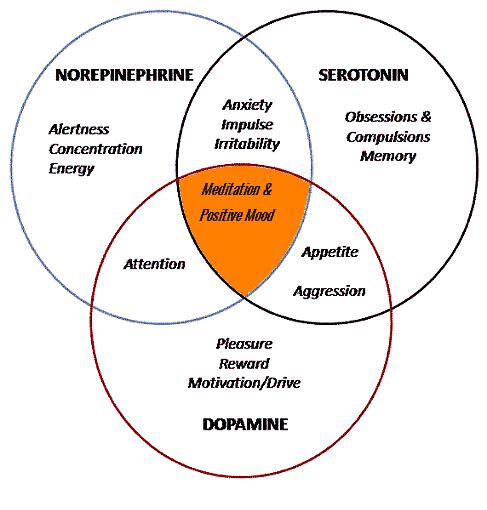
Meditation increases gamma wave in the brain.The gamma brain waves are known as “feeling of blessings”. Dr. Amit Ray in the book “Om Chanting and Meditation” suggested the application of Om mantra for developing gamma waves.
Breathing exercises like Ujjayi pranayama, and Khechari mudra is the easiest way of balancing the hormones in the body.
There are many things that can disrupt the harmony of the hormone system. Stress greatly affects hormone balance. Indeed, the stress reaction is an evolutionary, protective hormonal response. In our contemporary world, this still functions, but rather than running from tigers, we run from the clock. By switching into chronic stress mode, elements of our hormone system get altered resulting in many possible imbalances, including adrenal depletion, thyroid over or under function.
Easy ways of eliminating hormonal imbalance
NATURE – has been proven to reduce blood pressure when we experience it, either vicariously or actually. Blood pressure is controlled in part by hormones, and effects many elements of the hormonal system (particularly stress). To use: Open your awareness to the natural forces around you. From ants and birds, to trees and wind. Take some time to recognise the natural world around you.
YOGA – is the ancient rishi practice passed from wizened Himalayan yogi to the Western world. Yoga balances the body/or mind complex and I would question if anything better exists to help balance hormonal function! To use: Find a qualified practitioner who’s classes you enjoy. Attend two to three classes a week to learn the correct alignments and get the most from the practices. Find yourself a yoga book you love reading and drink deep!
MEDITATION – is the art of cultivating mindfulness and increasing awareness. By cultivating calm, we help to balance the mind-body complex and consequently support hormonal balance. To use: Meditation must be practiced to be effective. It is with regular practice only that the results will occur. With practice, meditation can become more fulfilling. Find a good teacher to help you.
COCONUTS – are actually from the grass family, the fruits of which are profoundly great for us. In terms of hormonal health, fresh coconut meat provides the building blocks for various sex hormones, including the anti-ageing hormone DHEA. To use: Eat young green coconuts straight from the nut, or include in smoothies.
UJJAY BREATH – Inhalation and exhalation are both done through the nose. The “ocean sound” is created by moving the glottis as air passes in and out. As the throat passage is narrowed so, too, is the airway, the passage of air through which creates a “rushing” sound.
Hormonal Imbalance and Meditation
There are various types of meditation. Popular among them are mindfulness meditation, transcendental meditation, yoga and vipassana meditation. Meditation techniques vary from silent, guided, sound making, with music etc. However, they can be classified into two broad groups; concentration meditation and open monitoring meditation.
During concentration meditation the yogi focus their attention on a single object. In mindfulness meditation practice, every aspect of experience is welcomed and respected. Mindfulness meditation is also known as insight meditation. The purpose is to increase insight into the true nature of reality.
With concentration practice, you give the attention to a target that keeps you anchored in the present moment. The target can be a physical object, a mantra, prayer, image, or just the breath. You give the mind something steady to focus on and this becomes the object of concentration.
Whatever is used as the object for the concentration, the aim is to keep the mind focused on the selected object as much as you can.
Experiencing the divinity through meditation is the central part of spiritual life. Hormones are chemical messengers secreted by the brain cells or the glands. Endocrine glands are responsible for releasing hormones within the body.
Hormones Meditation and Science
Scientific studies conformed that, when we are in deep meditation and in divine love with God, Dopamine, Oxytocin, Serotonin and Endorphins are the key hormones generated in the body. Divine love is the most lifting of all human emotions. The main hormones associated with meditations are as follows:
Dopamine stimulates ‘reward circuit’ by triggering an intense sprint of happiness.
Oxytocin is a powerful hormone released during deep meditation. It develops feelings of attachment towards the object of attention.
Vasopressin is another vital hormone in the long-term commitment towards the object of meditation. Vasopressin is released at the later part of the meditation.
Serotonin is known as the well-being chemical. It is important for the feeling of happiness. The pleasant experiences of serotonin have a calming influence throughout the body.
Endorphins are responsible for developing high-feelings of euphoria. If there is pain in the body due to long sitting posture, endorphins are released which gives a pleasant feelings.
Meditation benefits us in many ways. It makes our body strong and healthy. It makes our mind balanced.
 Follow
Follow
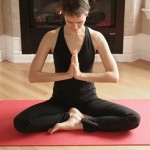
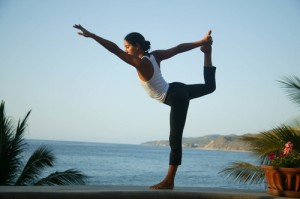
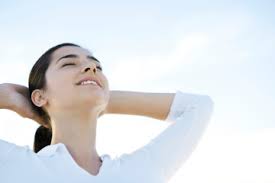
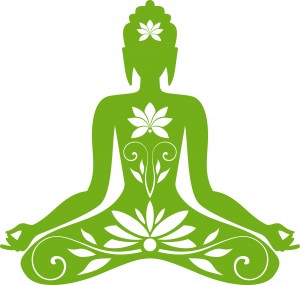 There are hundreds of practices. The practices are flexible. It is not a rigid path. As you practice and go forward, you need to adjust and add new flavors to it. Rigidity is the only problem. If you are too rigid to the steps and practices, you can not progress much. It will be some mechanical exercises. Kundalini yoga is like good cooking, you have to learn it and modify it gradually to get the best out of it.
There are hundreds of practices. The practices are flexible. It is not a rigid path. As you practice and go forward, you need to adjust and add new flavors to it. Rigidity is the only problem. If you are too rigid to the steps and practices, you can not progress much. It will be some mechanical exercises. Kundalini yoga is like good cooking, you have to learn it and modify it gradually to get the best out of it.
